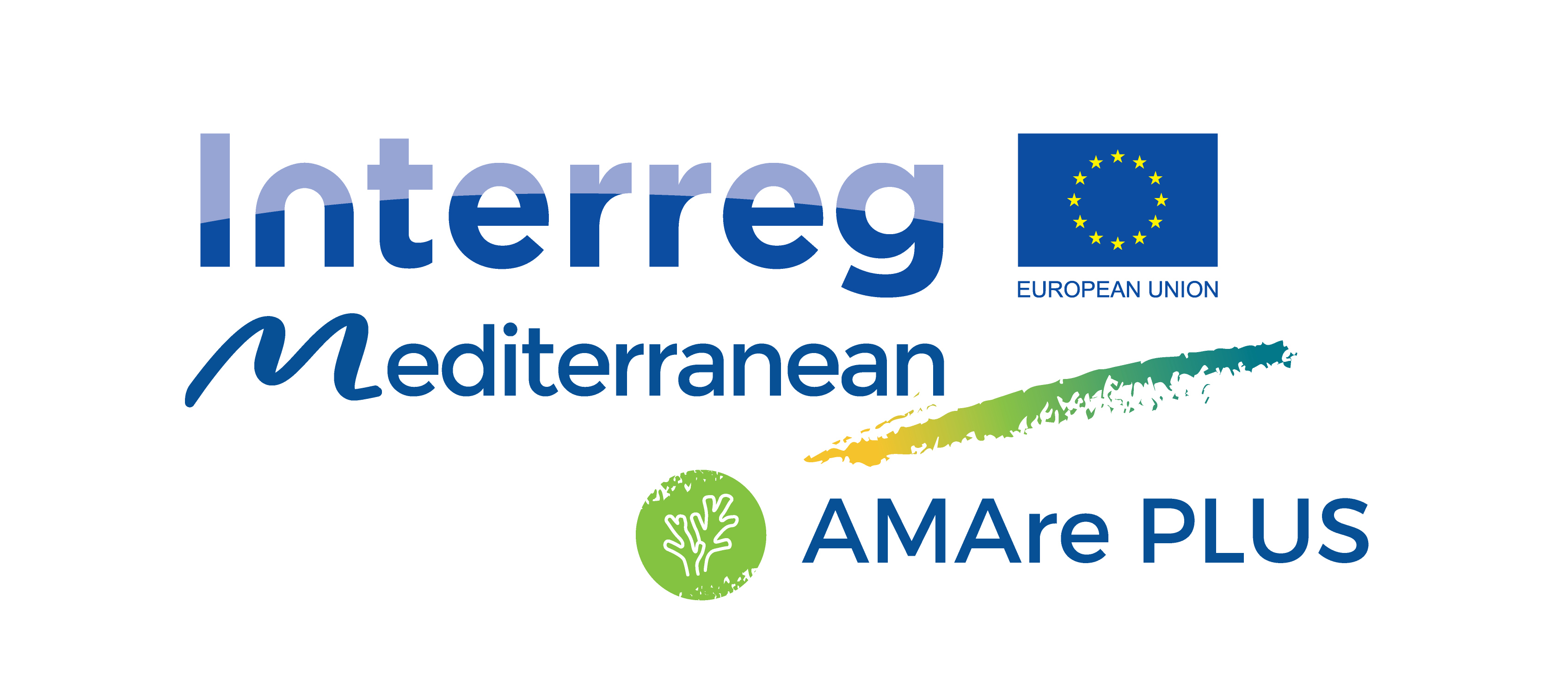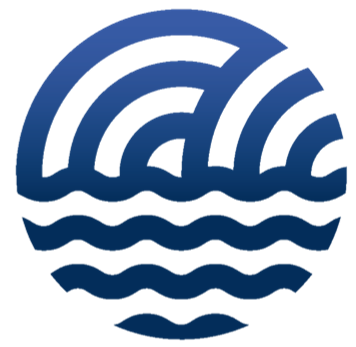area marina protetta
Type of resources
Topics
INSPIRE themes
Keywords
Contact for the resource
Provided by
Formats
Update frequencies
status
-

Marine Protected Areas (MPAs) are vital for the conservation of the Mediterranean Sea, since they help manage several pressures like fishery. However, many species and habitats in MPAs are still exposed to a variety of stressors. In most MPAs human activities are not spatially managed considering their cumulative effects and the monitoring of the effects of protection and management is not coordinated. In addition, no attempt has ever been carried out to address the environmental accounting to assess the consequences of human impacts and inform management initiatives. The main objectives of AMAre project were: - develop shared methodologies and geospatial tools for multiple stressors assessment, coordinated environmental monitoring, multi-criteria analyses and stakeholders' engagements; - develop concrete pilot actions and coordinated strategies in selected Marine Protected Areas (MPAs) to solve hot spots of conflicts affecting marine biodiversity and the services it provides; - transnational cooperation and regulations, development of coordinated best practices, data access to share information and concrete stakeholder and users’ involvement are the expected results. - scale up strategies and recommendations at transnational level adopting an ecosystem-based approach considering the goals of the Marine Strategy Framework Directive (MSFD) across MPAs. AMAre PLUS aims at capitalizing the successful experience of the AMAre Project transferring the main three products to other MPAs across the basin: - the Spatial Geoportal, - the Monitoring Protocols on vulnerable habitats, - the Best Practices as a summary of recommendations arisen from AMAre, to make the Management Plan of Mediterranean MPAs more effective and coherent.
-

La campagna oceanografica COCOMAP14 ha lo scopo di estendere la mappatura batimetrica acquisita durante la campagna COCOMAP13 nella porzione sud orientale del bacino Adriatico e quindi di individuare i principali lineamenti geomorfologici e le caratteristiche litologiche e sedimentologiche che condizionano l'esistenza di ecosistemi marini profondi. Inoltre, si intende investigare nuovi siti in cui è stata documentata l'esistenza di ecosistemi corallini di profondità e di ottenere informazioni dettagliate sulla possibile connessione di questi ecosistemi di profondità con quelli di piattaforma verificando l'esistenza di biocostruzioni mediante campionature e mappatura di dettaglio. La campagna fa parte delle del Programma dell'Unione Europea nel Settimo Quadro denominato "COCONET" (Towards COast to COast NETworks of marine protected areas (from the shore to the high and deep sea), coupled with sea-based wind energy potential). La regione marina adriatico-ionica è stata individuata per un progetto pilota focalizzato allo studio delle comunità bentoniche marine da litorali a batiali finalizzato alla comprensione delle relazioni intercorrenti fra gli organismi delle Aree Marine Protette selezionate.
-

La campagna oceanografica COCOMAP13 ha lo scopo di estendere la mappatura batimetrica nella porzione sud orientale del bacino Adriatico e quindi di individuare i principali lineamenti geomorfologici e le caratteristiche litologiche e sedimentologiche che condizionano l'esistenza di ecosistemi marini profondi. Inoltre, si intende investigare nuovi siti in cui è stata documentata l'esistenza di ecosistemi corallini di profondità e di ottenere informazioni dettagliate sulla possibile connessione di questi ecosistemi di profondità con quelli di piattaforma verificando l'esistenza di biocostruzioni mediante campionature e mappatura di dettaglio. La campagna fa parte delle del Programma dell'Unione Europea nel Settimo Quadro denominato "COCONET" (Towards COast to COast NETworks of marine protected areas (from the shore to the high and deep sea), coupled with sea-based wind energy potential) finalizzato a identificare reti di aree marine protette e possibili siti di installazione di impianti eolici.
 CNR-ISMAR
CNR-ISMAR